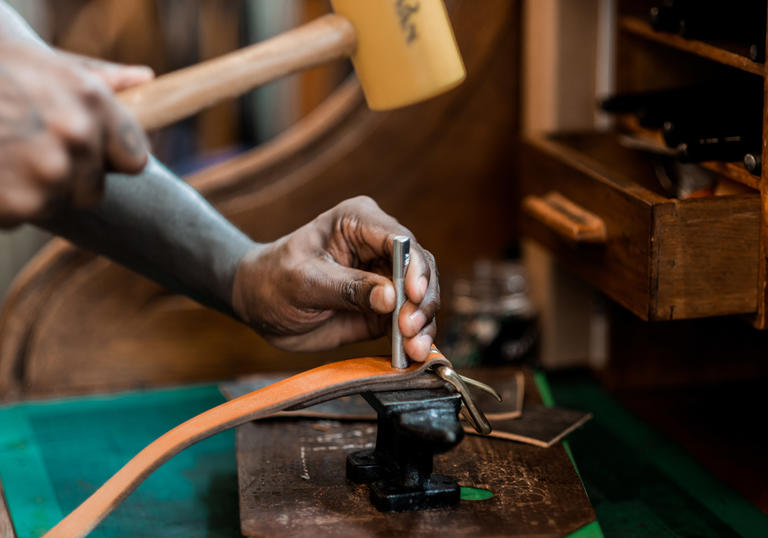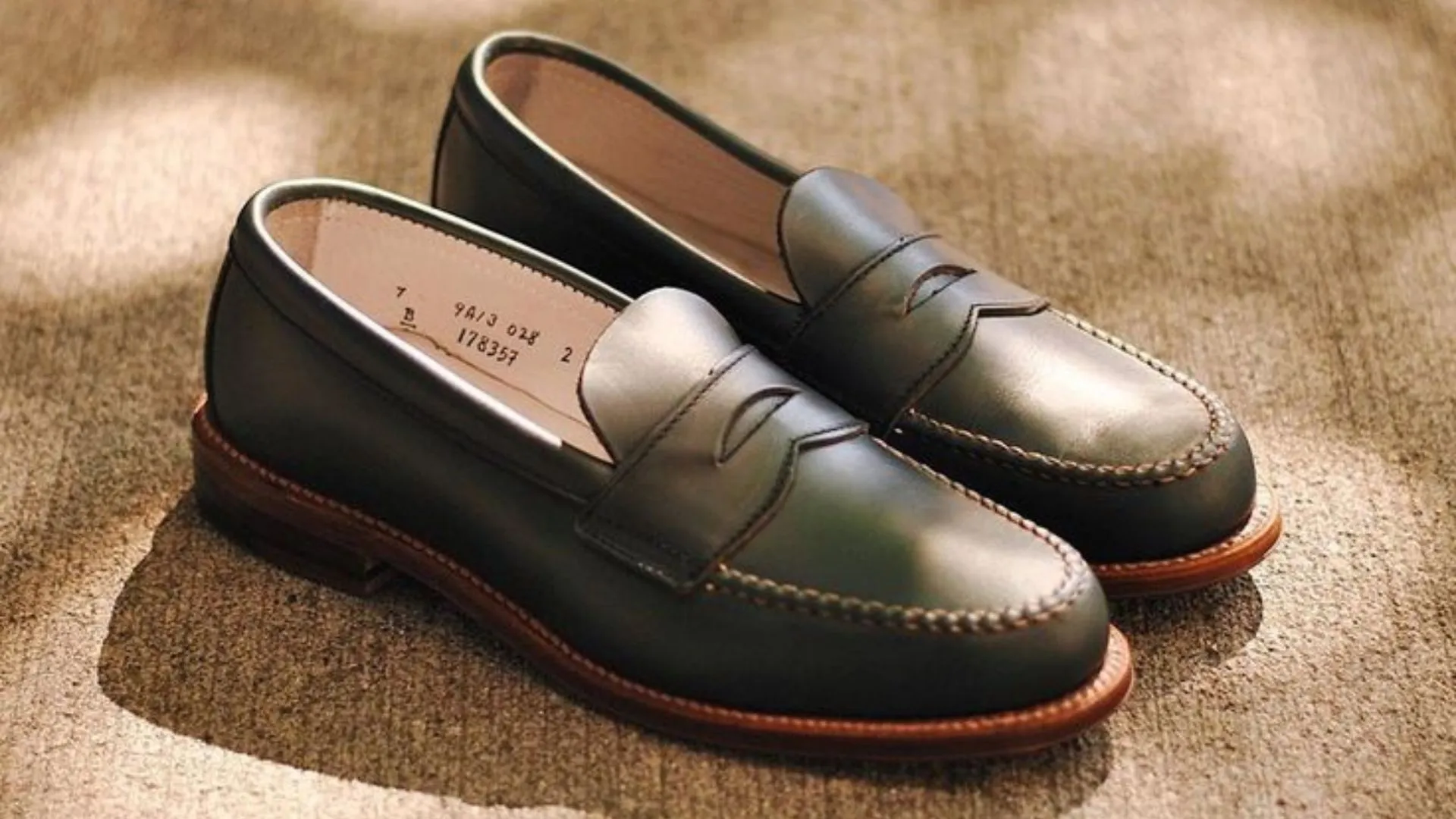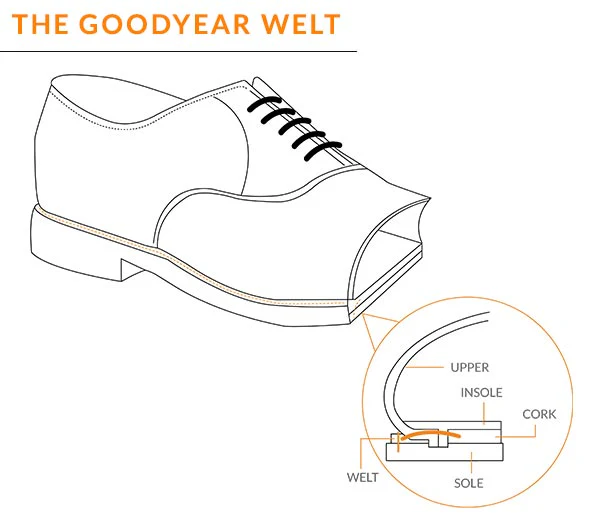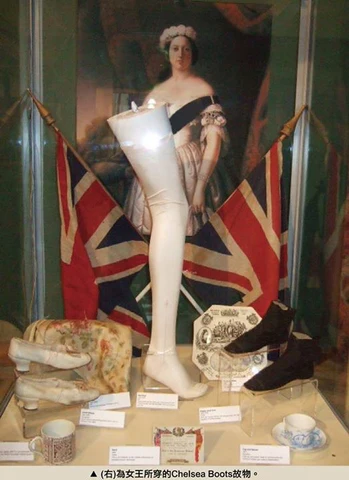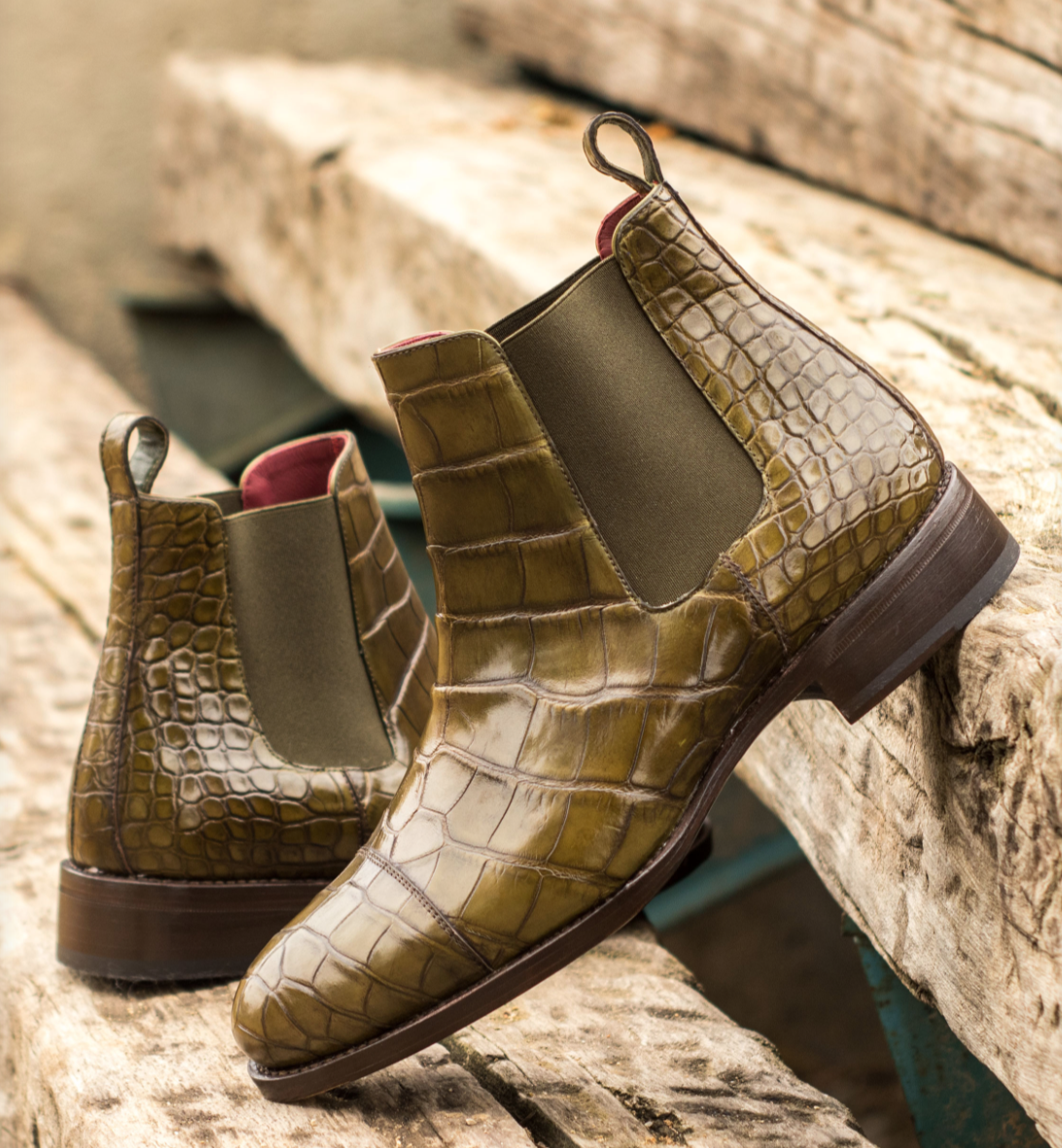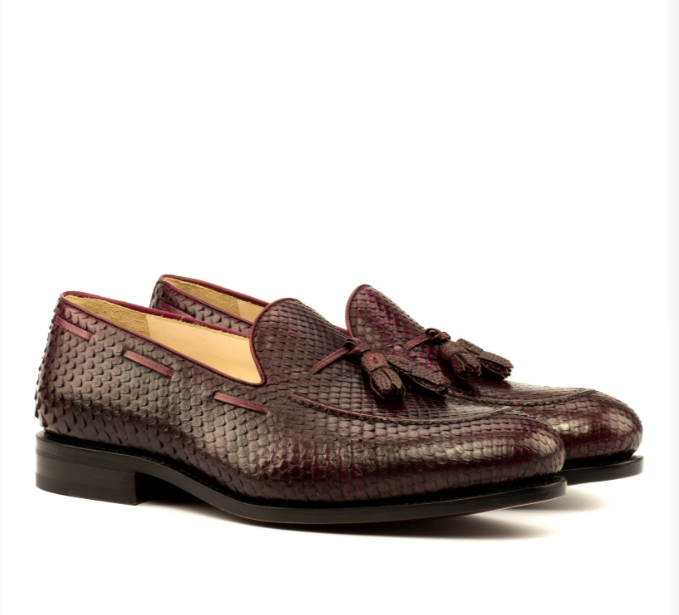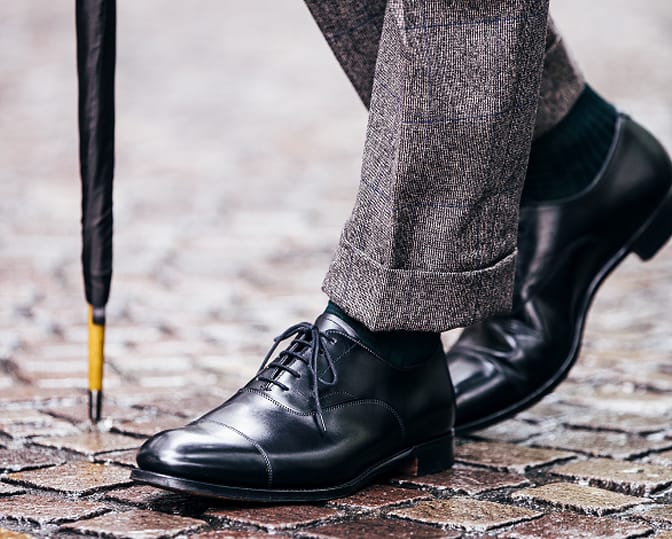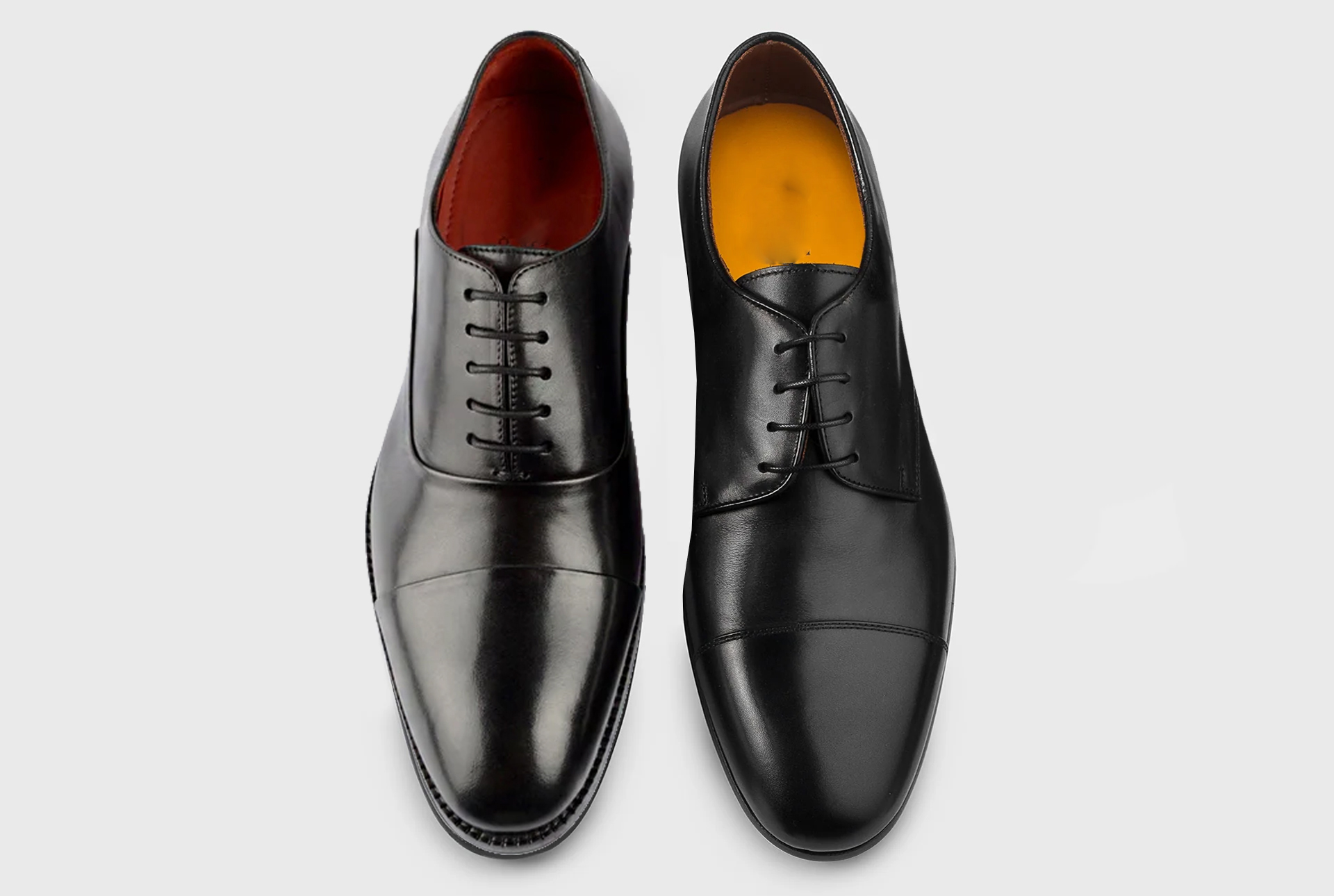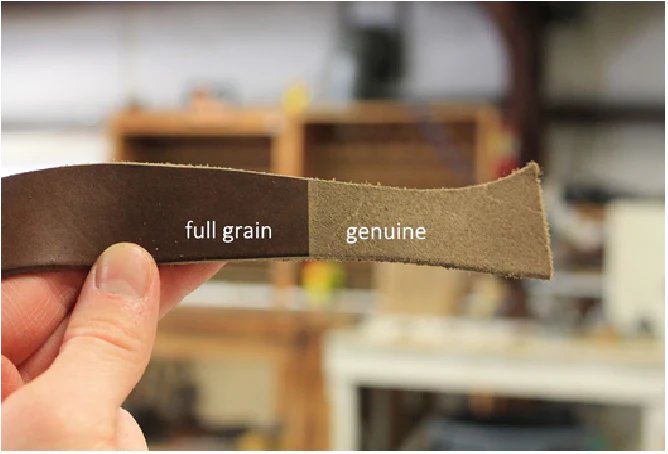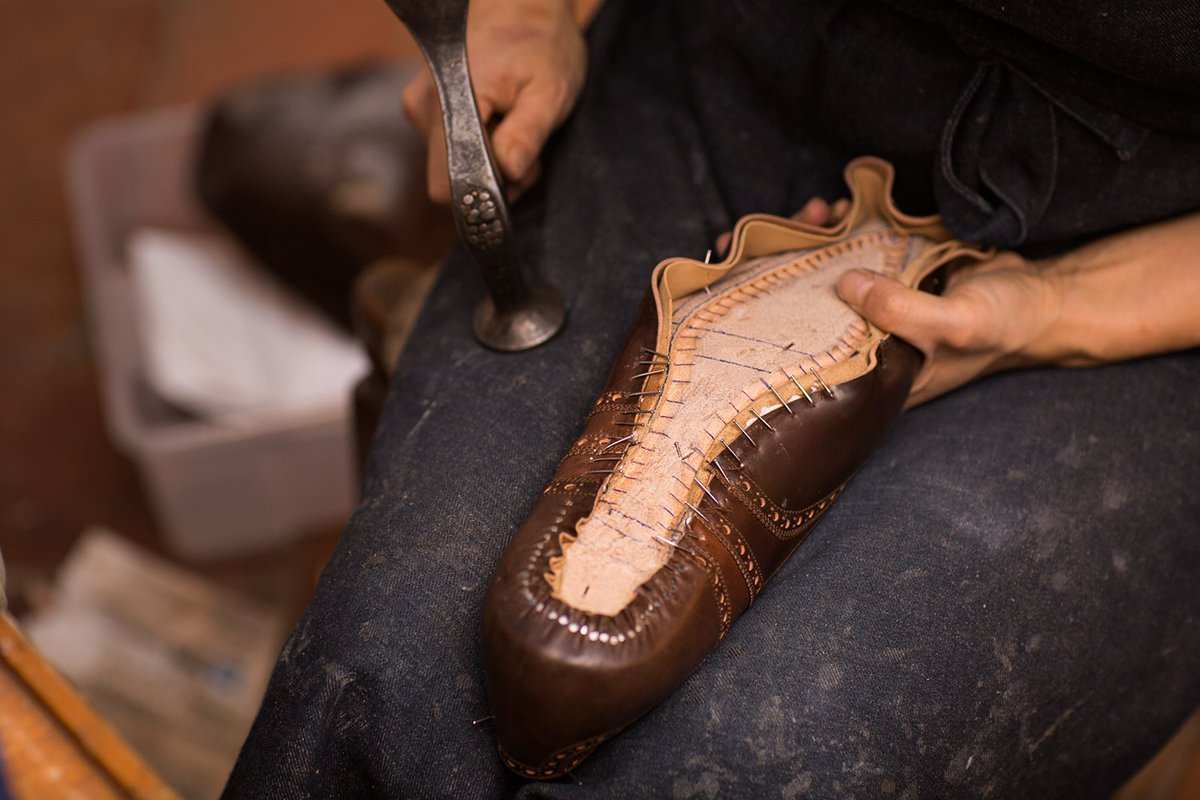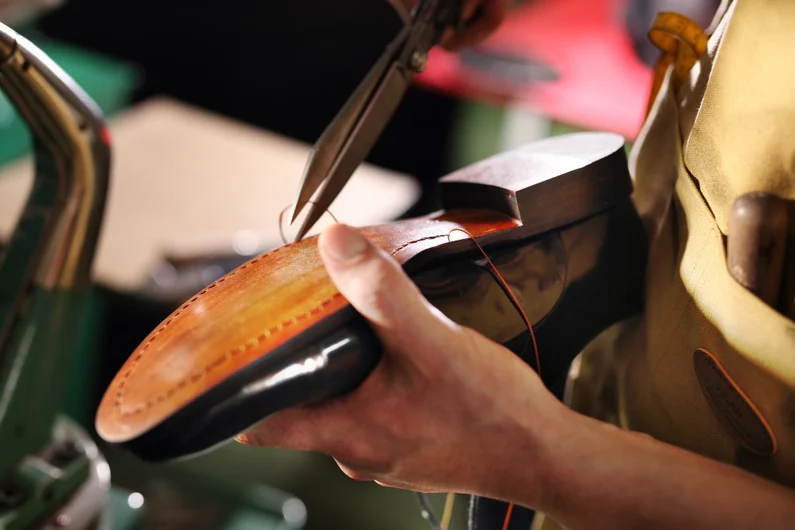Leather craftsmanship is one of the oldest trades in human history, its roots deeply connected with the very evolution of civilization. From the early days of necessity to today’s luxury leather goods, this art has changed dramatically, reflecting changes in culture, technology, and aesthetics over thousands of years. This article will outline the fascinating journey of leather craftsmanship, from ancient times to the realm of modern luxury.
The Origins of Leather Craftsmanship
The story of leather begins in prehistoric times when early humans found animal hides could be preserved and used for a number of different purposes. At first, raw hides were used as primitive clothing, protection, and even for shelter. But rather sooner than later, man realized that the hides, if not treated, would eventually decay. This thus led to the development of tanning—a process that preserves the hide and makes it durable.
The earliest tanning methods utilized natural items, including tree bark, leaves, and animal fat. Evidence of leather tanning was seen in Mesopotamia, Egypt, and China for over more than 5,000 years ago. These civilizations made use of leather in producing vital things such as footwear, belts, bags, and armor. Egyptian hieroglyphics depict the workers diligently at work producing leather goods, attesting to the skill and exactitude required even in antiquity.
The Middle Ages: Leather as a Craft
In the Middle Ages, the work with leather got more sophisticated, developing from a necessity into a real artisan trade. The material was widely used for such practical things as saddles, boots, and harness but started to take decorative forms. A leatherworker, or tanner, was highly valued in the community because his trade was a good one to have.
In Europe, guilds came into being for the assurance of quality and transmission of knowledge from generation to generation. Techniques such as tooling and embossing were able to give the artisans very minute details. Leather used in bookbinding included richly ornate covers symbolizing their wealth and position.
The Renaissance and the Extension of Leathercraft
This age marked the peak of creativity and innovation in many spheres, including leather craftsmanship. In this respect, Italian artisans gained a great reputation due to their beautiful works of leather combining functionality with art. For instance, the city of Florence developed into a centre for high-quality leather production, and so it remains up to this day.
Improvements in tanning methods and in dyeing techniques also allowed a wide range of colors and finishes, thus enabling further diversification in applications. Leather started to be associated with taste and luxury, especially in fashion and interior design.
Industrial Revolution: Leather Enters Mass Production
The Industrial Revolution in the 18th and 19th centuries changed leather production patterns. Traditional methods of handcrafting were changed by mechanized processes that permitted mass production in leather goods manufacturing. The discovery of chrome tanning, far quicker and more effective than vegetable tanning, finally revolutionized the industry.
While industrialization made leather products more accessible, it also brought its own share of drawbacks. Mass production usually meant compromising on the quality and artistry associated with traditional leathercraft. It also allowed leather to be used in new industries, such as automotive and aviation, further embedding its importance into modern life.
Modern Luxury: The Revival of Leather Artistry
Luxury brands in the 20th and 21st centuries revived leather craftsmanship, emphasizing quality and artistry. Iconic fashion houses such as Hermès, Gucci, and Louis Vuitton turned leather goods into status symbols and objects of elegance. Many of these companies still use traditional methods today, sometimes employing master artisans who painstakingly create each item by hand.
Another focus of leather production in modern times has been sustainability. From the ethical sourcing of hides to more eco-friendly tanning processes, to alternative materials like plant-based leathers, the future is varied. Alongside such innovations, traditional leather craftsmanship continues to be highly valued, fusing heritage and modernity together.
Timeless Allure of Leather
From supple to strong, leather says much about the human experience. Every leather product speaks volumes of nature, craftsmanship, and culture. From ancient shelter and battle gear to the handcrafted designs in luxury vehicles of today, leather testifies to the power of human ingenuity and creativity.
Equally, into the future, leather craftsmanship will go on to grow, embracing the new technologies coming up while at the same time preserving its rich traditions. Whether as a practical material or a luxury statement, leather has remained deeply entrenched in human history and culture.

